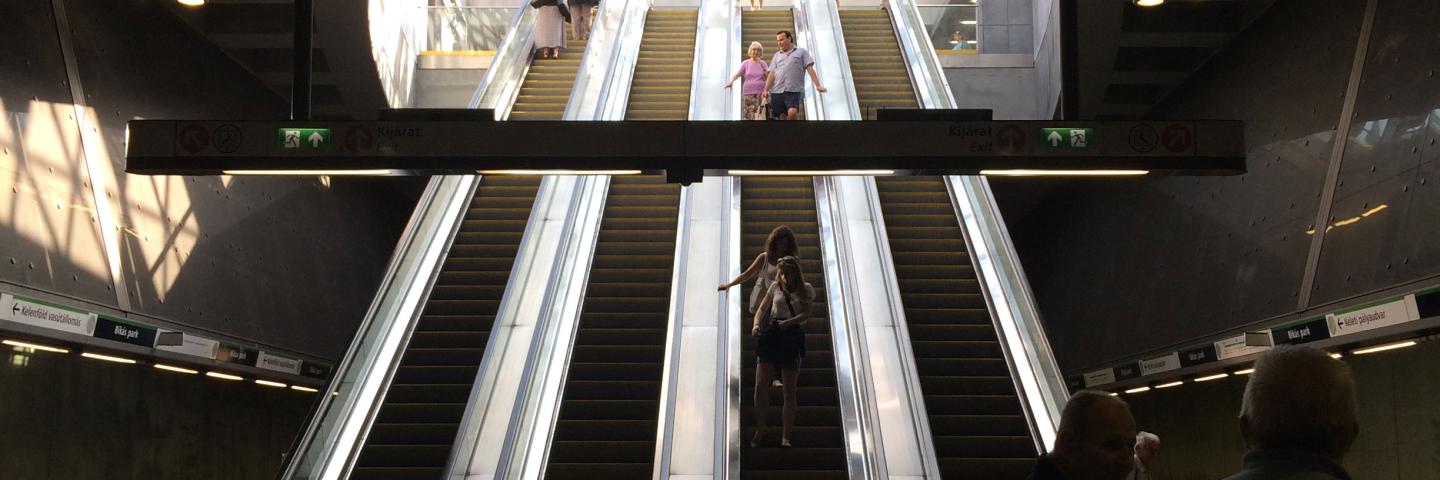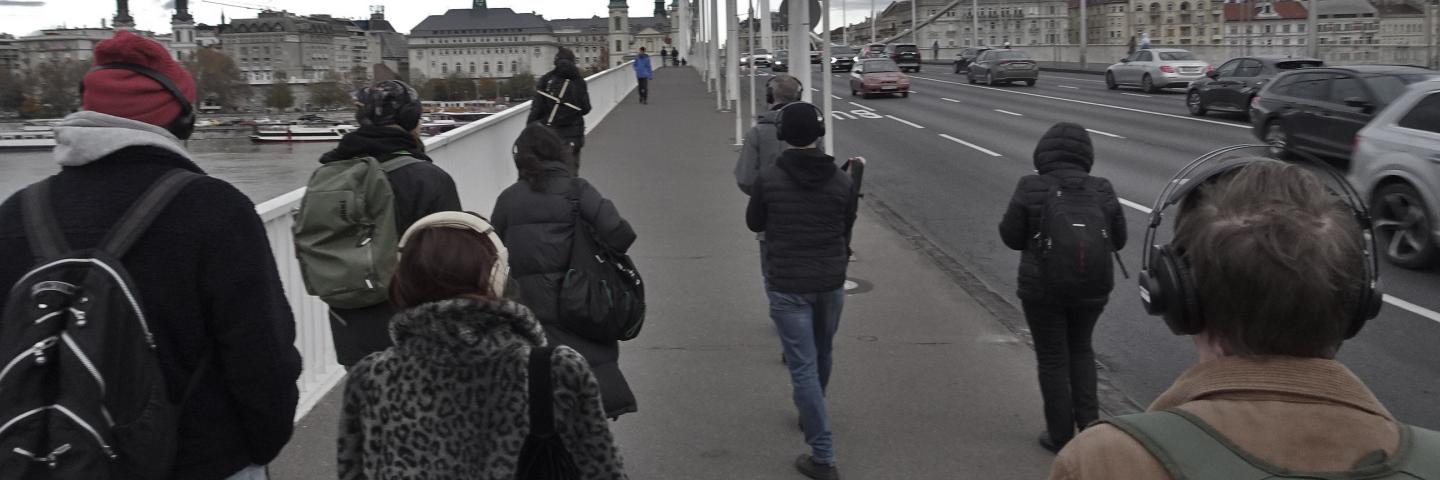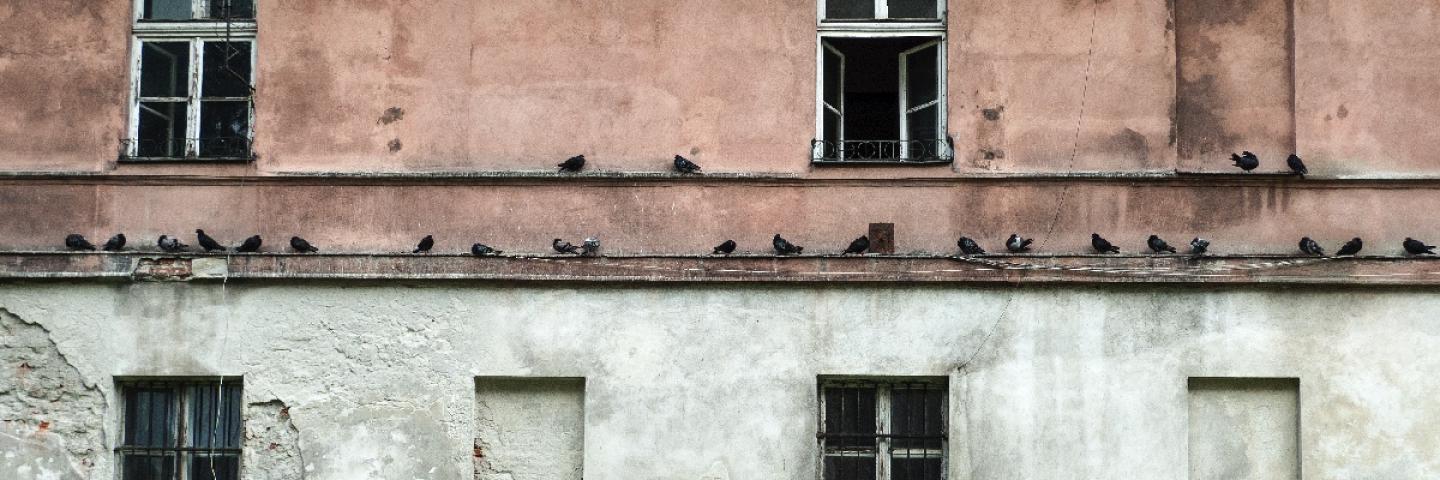Groupe de Recherches Musicales

The GRM / Groupe de Recherches Musicales was an electro-acoustic music studio founded in 1951 by the musique concrète pioneer Pierre Schaeffer, composer Pierre Henry and the engineer Jacques Poullin and based at the RTF (Radiodiffusion-Télévision Française) buildings in Paris. The studio itself was the culmination of over a decades work into musique concrète and sound objects by Schaeffer and others at the ‘Groupe Recherches de Musique Concrète’ (GRMC) and the Studio d’Essai. The new studio was designed around Schaeffer’s sound theories later outlined in his book “Treaty of Musical Object – Traité des Objects Musicaux”.
Along with the WDR Studio in Germany, the GRM/GRMC was one of the earliest electro-acoustic music studios and attracted many notable avant-garde composers of the era including Olivier Messiaen, Pierre Boulez, Jean Barraqué, Karlheinz Stockhausen, Edgard Varèse, Iannis Xenakis, Michel Philippot, and Arthur Honegger. Compositional output from 1951 to 1953 comprised ‘Étude I’ (1951) and ‘Étude II’ (1951) by Boulez, ‘Timbres-durées’ (1952) by Messiaen, ‘Konkrete Etüde’ (1952) by Stockhausen, ‘Le microphone bien tempéré’ (1952) and ‘La voile d’Orphée’ (1953) by Pierre Henry, ‘Étude I’ (1953) by Philippot, ‘Étude’ (1953) by Barraqué, the mixed pieces ‘Toute la lyre’ (1951) and ‘Orphée 53′(1953) by Schaeffer/Henry, and the film music ‘Masquerage’ (1952) by Schaeffer and ‘Astrologie’ (1953) by Pierre Henry.
The original design of the studio followed strict Schaefferian theory and was completely centered around tape manipulation, recording and editing. Several novel ‘tape instruments’ were built and integrated into the studio setup including the phonogène (Three version were built; the phonogène Universal, Chromatic & Sliding) and the Morphophone.
Source:
In the early and mid 1950s Schaeffer's commitments to RTF included official missions that often required extended absences from the studios. This led him to invest Philippe Arthuys with responsibility for the GRMC in his absence, with Pierre Henry operating as Director of Works. Pierre Henry's composing talent developed greatly during this period at the GRMC and he worked with experimental filmmakers such as Max de Haas, Jean Grémillon, Enrico Fulchignoni, and Jean Rouch and with choreographers including Dick Sanders and Maurice Béjart. Schaeffer returned to run the group at the end of 1957, and immediately stated his disapproval of the direction the GRMC had taken. A proposal was then made to "renew completely the spirit, the methods and the personnel of the Group, with a view to undertake research and to offer a much needed welcome to young composers".`
Groupe de Recherches Musicales
Following the emergence of differences within the GRMC, Pierre Henry, Philippe Arthuys, and several of their colleagues, resigned in April 1958. Schaeffer created a new collective, called Groupe de Recherches Musicales (GRM) and set about recruiting new members including Luc Ferrari, Beatriz Ferreyra, François-Bernard Mâche, Iannis Xenakis, Bernard Parmegiani, and Mireille Chamass-Kyrou. Later arrivals included Ivo Malec, Philippe Carson, Romuald Vandelle, Edgardo Canton and François Bayle.
GRM was one of several theoretical and experimental groups working under the umbrella of the Schaeffer-led Service de la Recherche at ORTF (1960–1974). Together with the GRM, three other groups existed: the Groupe de Recherches Image GRI, the Groupe de Recherches Technologiques GRT and the Groupe de Recherches Langage which became the Groupe d'Etudes Critiques.
Communication was the one theme that unified the various groups, all of which were devoted to production and creation. In terms of the question "who says what to whom?" Schaeffer added "how?", thereby creating a platform for research into audiovisual communication and mass media, audible phenomena and music in general (including non-Western musics). At the GRM the theoretical teaching remained based on practice and could be summed up in the catch phrase do and listen.
Schaeffer kept up a practice established with the GRMC of delegating the functions (though not the title) of Group Director to colleagues. Since 1961 GRM has had six Group Directors: Michel Philippot (1960–1961), Luc Ferrari (1962–1963), Bernard Baschet and François Vercken (1964–1966). From the beginning of 1966, François Bayle took over the direction for the duration of thirty-one years, to 1997. He was then replaced by Daniel Teruggi.
Traité des objets musicaux
The group continued to refine Schaeffer's ideas and strengthened the concept of musique acousmatique. Schaeffer had borrowed the term acousmatic from Pythagoras and defined it as: "Acousmatic, adjective: referring to a sound that one hears without seeing the causes behind it". In 1966 Schaeffer published the book *Traité des objets musicaux (Treatise on Musical Objects) which represented the culmination of some 20 years of research in the field of musique concrète. In conjunction with this publication, a set of sound recordings was produced, entitled Le solfège de l'objet sonore (Music Theory of the Acoustic Object), to provide examples of concepts dealt with in the treatise.
source: Wikipedia


















